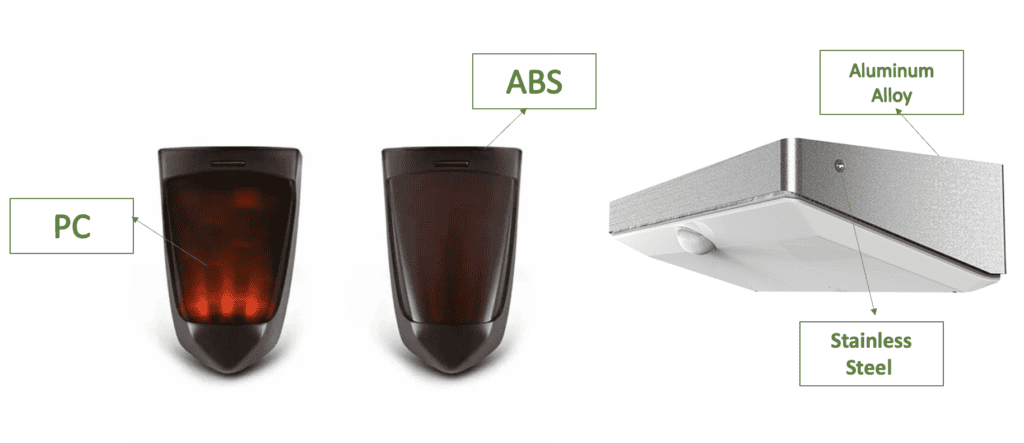Metal Or Plastic: What Is The Best Type Of Outdoor Solar Lighting?
Home – Info Center – Blogs – Metal Or Plastic: What Is The Best Type Of Outdoor Solar Lighting?

By Michael Zhang || Updated on 19th March 2024
Michael Zhang is a seasoned professional with 15 years of experience in the solar lights industry. Throughout his career, he has been actively involved in product design and developing, gaining valuable expertise and insight into the industry. Known for his dedication and professionalism, Michael has contributed significantly to the growth and success of various solar lights projects. His extensive knowledge and hands-on experience make him a trusted authority in the field, and he continues to innovate and excel in his role.
With the increasing awareness of environmental protection and the popularity of renewable energy sources, solar lights, as environmentally friendly and energy-saving lighting devices, have gained more and more favor. However, the choice of materials for solar lights is a matter that needs careful consideration. Between metal and plastic, which material is more suitable for making solar lights? This article will discuss this issue.
Table of Contents
Are Plastic Outdoor Solar Lights Good?
Thanks to its stable properties and relatively low cost, plastic is the most widely used material in the entire solar light industry. However, plastic also comes in many varieties. Some plastics may deform and become brittle under normal temperature exposure, while others may maintain excellent properties over time. Next, let’s take a look at which type of plastic is more suitable.
Polyethylene (PE)
PE is typically soft, with good flexibility but relatively low strength. It has excellent chemical resistance and tolerance to acids and alkalis. PE is also easy to process, commonly through methods such as extrusion, injection molding, and blow molding. It is often used in various applications such as plastic bags, bottles, pipes, and agricultural films. Solar lights often use PE as a raw material in the rotational molding process.
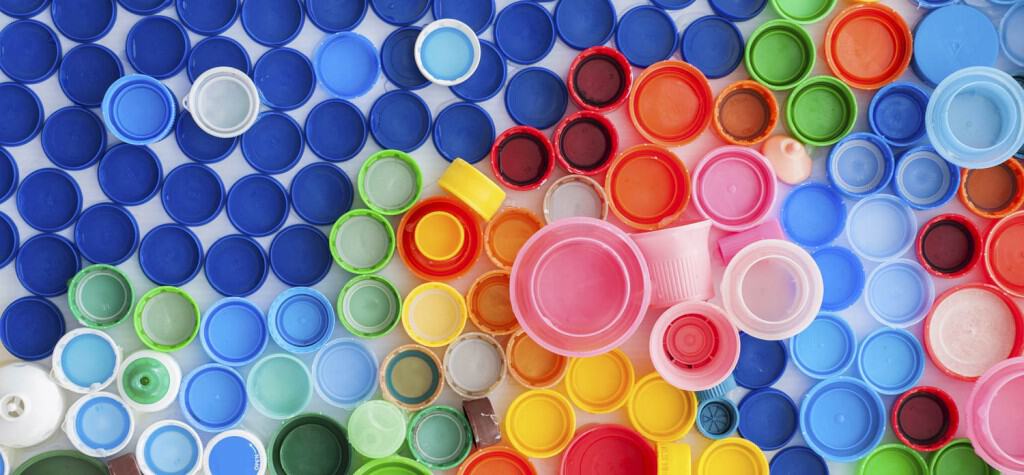
Polypropylene (PP)
PP has good heat resistance and impact resistance but relatively low hardness. It has good resistance to acids, alkalis, and solvents. Similarly to PE, PP is easy to process, and common molding methods include injection molding and extrusion. PP is commonly found in food packaging, medical equipment, household products, etc. PP generally performs better than PE, but it can become brittle and prone to breakage when exposed to high temperatures for extended periods. Therefore, in the field of solar light products, PP is often used for lower-quality lampshades.
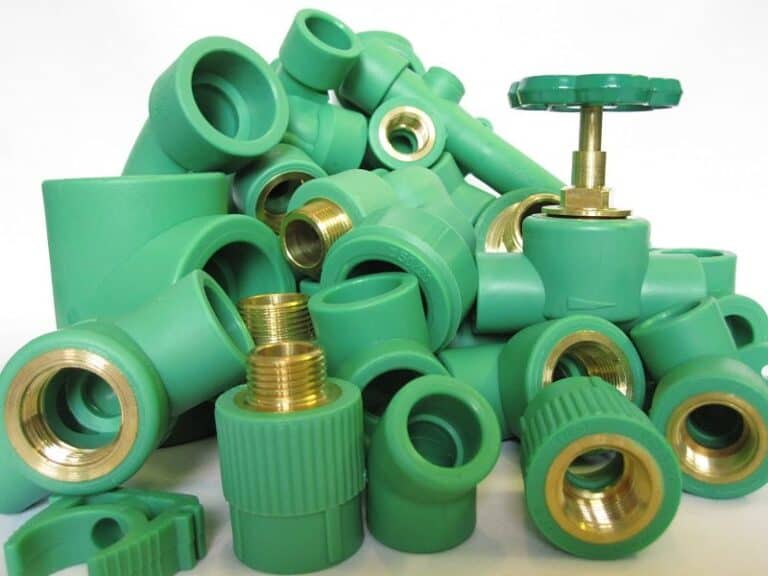
Acrylonitrile butadiene styrene (ABS)
ABS has high strength and hardness, along with a certain degree of toughness and good impact resistance. It also has good resistance to many chemicals but is not resistant to acids. ABS is easy to process into various shapes through injection molding, extrusion, etc. It is widely used in automotive parts, electronic product casings, furniture, etc. Some high-quality solar lights use ABS as the lamp body material.
At FLIGREEN, we insist on using ABS as the main raw material for lamp bodies in our products. However, some products also use ABS and PC alloy materials to ensure that the lampshades are not easily broken under high temperature and pressure.

Polycarbonate (PC)
PC has a glass-like appearance, solid, highly transparent, and impact resistant. It is a high-strength, high-toughness plastic material with strong resistance to acids and alkalis. However, it is not tolerant to certain solvents and ketones under high-temperature conditions. PC is easy to process into various shapes through extrusion, injection molding, rolling, etc. It is commonly found in eyeglasses, lamp lenses, automotive lamp fixtures, safety helmets, water bottles, CDs, etc. The lenses of some high-quality solar lights are made of PC.
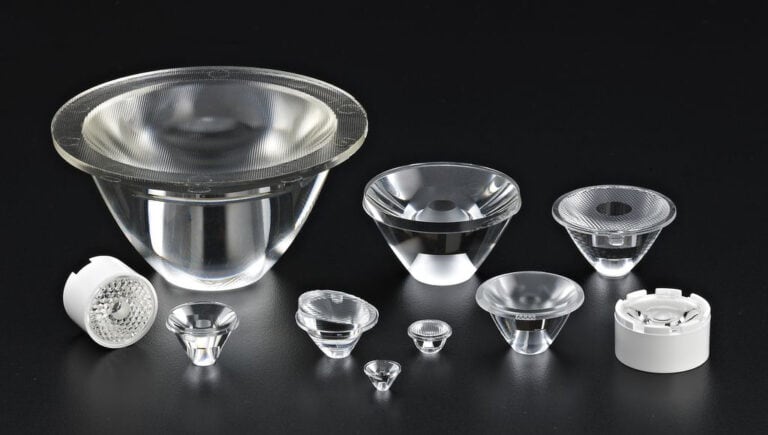
Polyethylene terephthalate(PET)
PET has good transparency, but compared to PC, its strength and toughness are slightly inferior. It has good stability to common solvents and chemicals but does not have excellent chemical resistance like PC. PET is easy to process into various shapes through extrusion, injection molding, rolling, etc. It is commonly used in food packaging (e.g., beverage bottles), fiber products (e.g., clothing, ropes), industrial applications (e.g., electrical insulation materials), etc. Some low-quality solar lights use PET as the material for lenses or packaging materials.
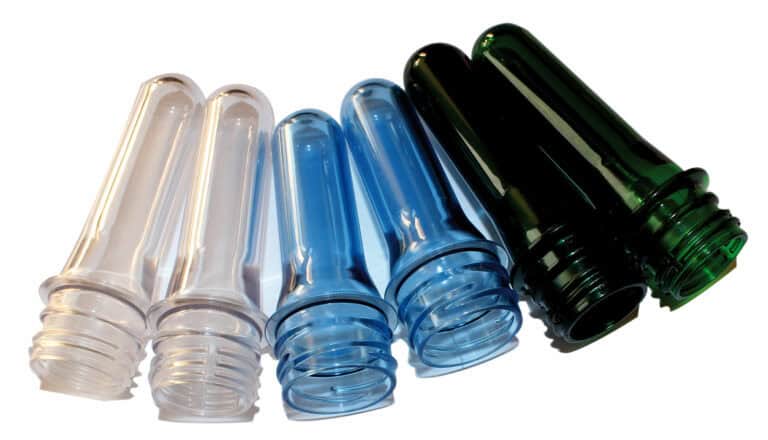
What Type Of Metal Is Best For Outdoors?
Many customers are looking for solar lights made of metal. Yes, metal solar lights are very suitable for outdoor use, but metal also comes in many varieties. Although the overall lifespan of metal shells is better than that of plastic, considering the comprehensive cost-effectiveness, the market acceptance of metal solar lights is much lower than that of plastic solar lights.
Aluminum Alloy
Aluminum Alloy has excellent strength and can resist the erosion of outdoor factors such as oxidation, weathering, and sunlight and rain. However, it is relatively expensive. This material is usually used for solar light shells with higher quality requirements for commercial use. At the same time, due to its good heat dissipation performance, it is also widely used in LED light panels.
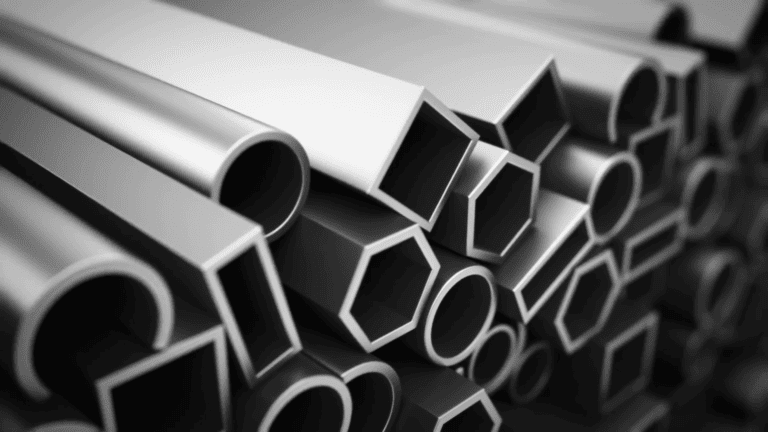
Stainless Steel
Stainless Steel, due to its high density, strength, good thermal conductivity, and corrosion resistance, is often used in the manufacturing process of high-end commercial solar lights. Because stainless steel has excellent corrosion resistance, it can withstand long-term exposure to humid, rainy, and high-salt coastal environments. Therefore, choosing stainless steel solar lights is more secure in coastal or humid environments.
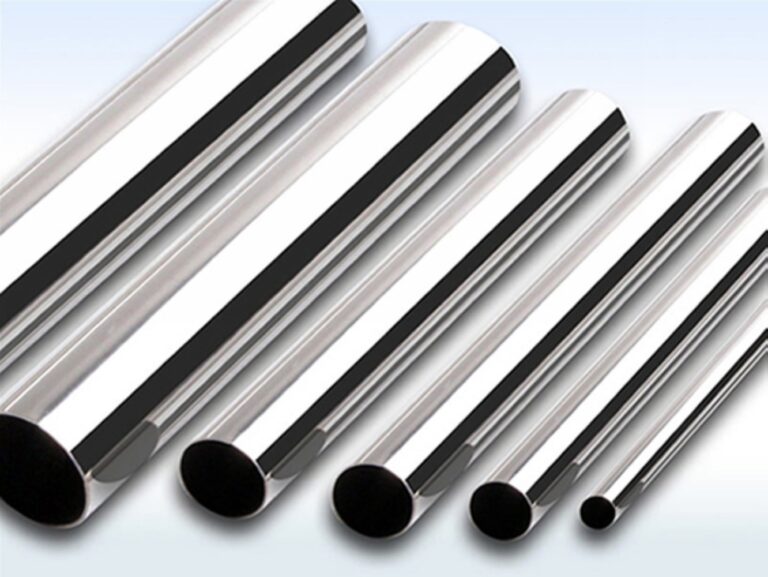
Galvanized Iron
Galvanized iron is a common corrosion protection method used to improve the corrosion resistance of iron materials. In outdoor lighting manufacturing, galvanized iron is often used for structural supports and shells to protect lamps from oxidation, corrosion, and other effects. Its durability and cost-effectiveness make galvanized iron widely used in outdoor solar light fixtures.
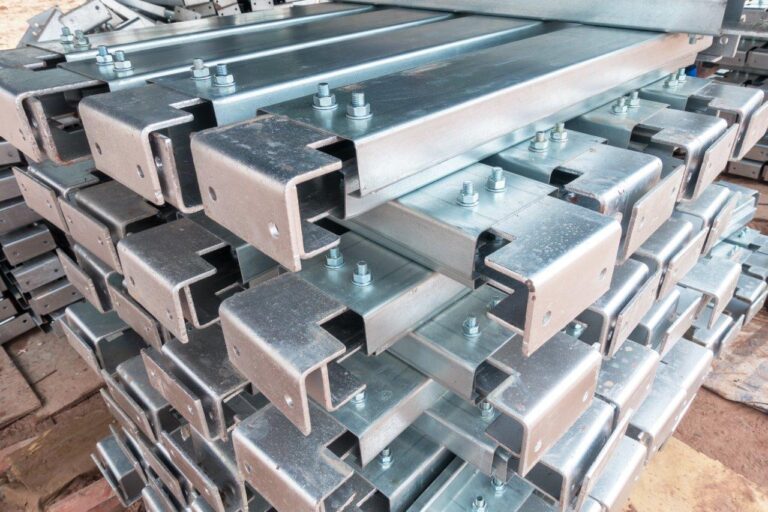
Conclusion
Both metal and plastic are suitable for the manufacturing of solar lights. The characteristics of metal materials make solar lights more stable and durable, able to withstand harsh weather conditions such as sunlight, rain, wind, and snow, and maintain a good working condition for a long time, making them more suitable for commercial solar light fixtures. Plastic materials, such as polyethylene (PE) and polypropylene (PP), have good weather resistance and moldability, suitable for making shells, lampshades, and other components of solar lights. Plastic materials are lightweight, easy to process, and cost-effective, making solar lights more cost-effective and therefore more suitable for residential scenes.
FLIGREEN, as a professional solar light manufacturer, often designs different materials based on the different installation scenarios of the lamps, balancing the sturdy and durable characteristics while maximizing the cost-effectiveness of the products. If you have any product requirements, please feel free to contact us.
Related Blogs
Share Via:
Get in Touch with Us Now!
Got questions or feedback? We’d love to hear from you! Just fill out the form below, and our friendly team will respond ASAP.

